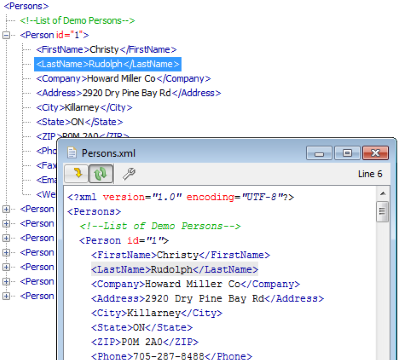

- MICROSOFT XML EDITOR WINDOWS 10 PDF
- MICROSOFT XML EDITOR WINDOWS 10 UPDATE
- MICROSOFT XML EDITOR WINDOWS 10 SOFTWARE

When you open an XML document, Word displays both tags and content.

It may be more efficient to configure Word to save your documents as XML files automatically: If you work exclusively with XML files, you have to remember to change that setting every time you save a file. 2: Save as XMLīy default, Word saves files in document format (doc). Word will retain this setting until you change it. Once you do, Word will always display XML files in the Name list, as shown in Figure A. You can avoid several clicks if you set Word’s default to display XML files by selecting All Word Documents from the File As Type list.
MICROSOFT XML EDITOR WINDOWS 10 UPDATE
If you want to open a file type other than the default setting, you have to open the File Of Type drop-down list, choose the file type, and then let Word update the list. For instance, Word 2003 defaults to Word’s. Most applications default to the application’s format in the Open and Save dialog boxes.
MICROSOFT XML EDITOR WINDOWS 10 PDF
Note: This article is also available a PDF download. (We’re providing instructions for Word 2003, but the concepts are similar for Word 2007.) Here are a few suggestions for simplifying your XML tasks in Word. Many will argue that Word isn’t the right tool for editing XML files, but if Word is what you have, you want to get the job done efficiently and effectively.
MICROSOFT XML EDITOR WINDOWS 10 SOFTWARE
That makes reusing data much simpler because any software that can read plain text can read the data. The resulting file contains not only the data, but also a description of the document in plain text. Using XML, you can store data in a format that’s easily available to other software. Here are a few pointers that will make the process go more smoothly. XML makes it possible for you to extract, manipulate, store, and reuse data from any number of sources – and Word 20 provide tools for working with XML files. XML makes it possible for you to extract, manipulate, store, and reuse data from any number of sources - and Word 20 provide tools for working with XML files.


 0 kommentar(er)
0 kommentar(er)
